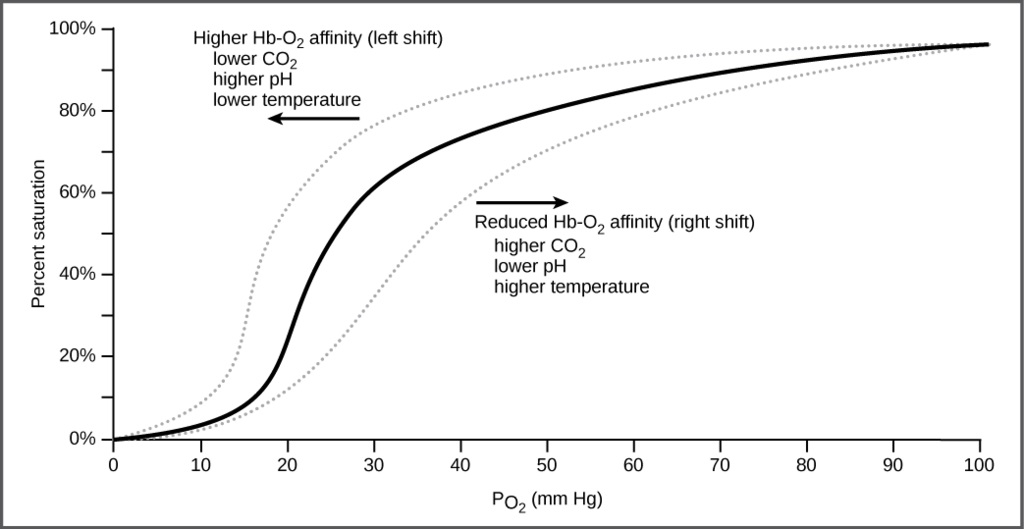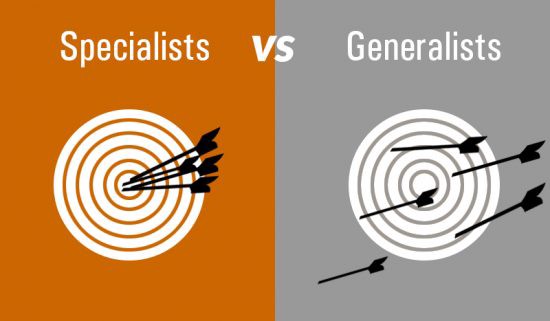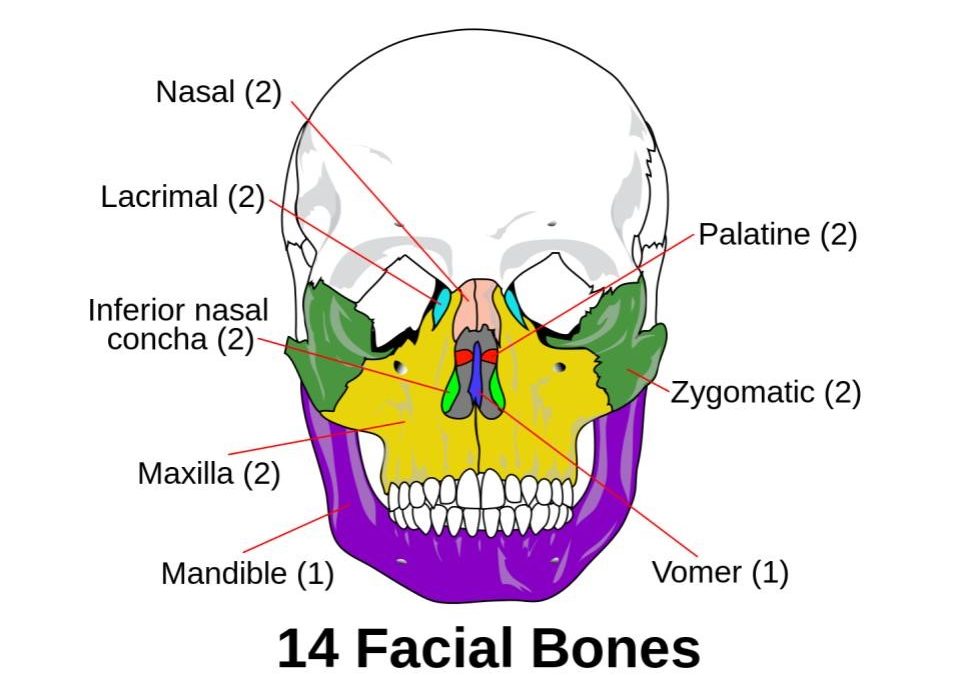
How Effective Is The New Apple Watch At Measuring Oxygen Levels?
8th November 2021
Specialists and Generalists
22nd November 2021The face is essential to the appearance and function of a human being. Without treatment, serious injuries to the face can make it incredibly difficult for an individual to be able to eat or drink, talk, communicate with others, and do various other things essential for day-to-day life. Also as the air passages travel from the mouth to the lungs injuries to the bony facial skeleton can lead to obstruction of the airway or bleeding into the airway making oxygen delivery to the lungs difficult and leading to hypoxia and if not corrected possible death.
It has been suggested that not only do serious and disfiguring facial injuries cause pain and physical issues, but can lead to mental and social issues too. While treatment should always be focused on any life-threatening injuries, the long-term cosmetic and functional impact should also be considered.
A facial fracture is any trauma that results in the breakage of a bone or multiple bones in the face. Examples include a broken nose or jaw, broken midface bones, broken cheekbones, shattered eye sockets, and broken TMJ bones. Nasal fractures, maxillary fractures (fractures of the mid face), and mandibular fractures (jaw bone fractures) are the three most prevalent types of facial fractures.
What are some of the main causes of facial fractures?
Facial injuries can occur in any part of the face, including the upper jaw, lower jaw, cheek, nose, eye socket, and forehead. They might be produced by a blow to the head or they can develop as a result of a wound.
The following are some of the most common causes of facial injury:
*Accidents involving cars and motorbikes although the introduction of seat belts in the early 1980’s reduced the number of serious facial fractures seen in high speed road traffic collisions
*Injuries sustained while participating in sports especially contact sports such as rugby and football.
*Violence both due to fists and kicks and the use of blunt instruments such as baseball bats.
How does the Emergency Medicine doctor asses initially assess facial injuries.
As in all patients attending the Emergency Department the initial assessment of such patients follows the standard pattern of ABC, with airway assessment a critical component of this physical assessment. Upper airway blockage can occur as a result of bleeding, oedema, displaced or comminuted cracks, as well as foreign objects such as dentures or other prosthetic devices. Prior to proceeding with any other evaluation or therapy, it is necessary to secure the airway.
In some patients with mid face fractures the whole of the maxilla can be pushed backwards obstructing the airway and the standard practice of immobilizing such a patient on a spinal board may make such an injury worse and therefore sitting the patient up and bending the head forwards will allow the facial skeleton to move forwards relieving the obstruction of the airway.
What are some of the symptoms and signs of a facial fracture?
Apart from airway problems the patient with a facial injury may complain of
Different feelings to the face particularly around the cheek or to the lower lips
Deformation or uneven bones or face
Visual problems particularly double vision when moving the eyes to one or other side.
On examination the doctor may observe
Swelling and bleeding that may be causing difficulties in breathing
Skin lacerations
Broken or missing teeth or uneven teeth within the mouth
Bruising and swelling around the eyes
The most important clinical sign of a fracture in the facial bones is point bony tenderness over one of the bones and this should be systematically done on each patient
They should also ask the patient to move their eyes from side to side and up and down by following the doctor’s finger looking for double vision and test for altered sensation particularly under the eyes and around the jaw.
Investigating facial injuries to identify bony injury
In the Emergency Department the standard method of identifying isolated facial fractures is to take plain X-rays but these require the patient to move their head into specific orientations and if there are associated head or neck injuries this may not be possible.
In those circumstances particularly when a head injury warrant a CT scan extending the CT scan to include the facial bones can give both a better diagnostic indication of the injury and allow specialists to plan treatment without a delay or the need for repeated investigations.
Emergency Department treatment of facial fractures
In the Emergency Department facial fracture treatment is directed at resolving or preventing secondary problems by managing the airway, breathing and circulation.
Definitive treatment of facial fractures normally are undertaken by maxilla-facial surgeons or ENT surgeons and many of these can be undertaken in the days after the injury.
The role of the Emergency Department is to identify the injury and if the initial injury has caused secondary injuries and then refer to the appropriate specialist.
Failure to examine and record any abnormalities at the time of the initial assessment can lead to a dispute later if complication develop as to whether they were caused at the time of the injury or later due to sub standard assessment or treatment




